Romilly Newman
Romilly Newman, a born-and-raised New Yorker, knows how to throw a party. At just 25 years old, she’s been hailed in Town & Country as the Gen-Z Martha Stewart—but, though young, she’s no newbie on the food scene. Newman’s been throwing glamorous dinner parties since she was a teenager.
At 10, inspired by Ina Garten and the Food Network, she taught herself how to cook. By the time she was 11, Newman was a popular pre-teen chef and food blogger. Her popular YouTube channel, Little Girl in the Kitchen, featured an 11-year-old Newman, dressed in her mother’s finery, preparing sophisticated fare—say, elderflower cordials. By 13, she was the youngest contestant to appear on “Chopped.”
FEATURED IMAGE (TOP)
Lit. Romilly Newman takes a moment before her guests arrive. Her party style is luxe, opulent—but most important, relaxed. Here, she gets into the mood with a Dad Grass Hemp CBD joint.
Although Newman is self-taught, she developed her career with the help of powerful role models. Both her mother and grandmother threw serious parties.
“I have that Jewish New Yorker side and then this very European side,” says Newman. “I was raised with a confluence of cultures that made me really want to get into food, which was ironic because I actually taught myself to cook. Neither my mom nor my grandmother could cook.”
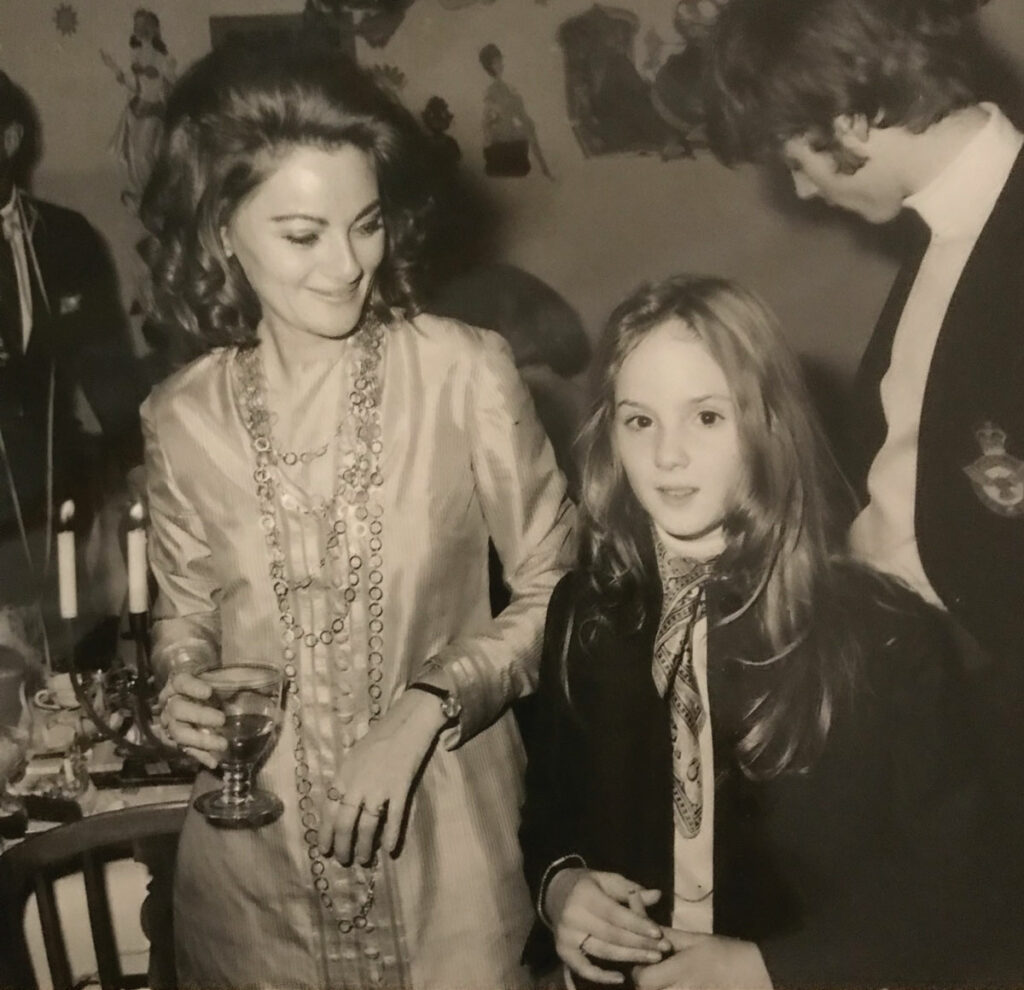
Newman’s mother is British-Parisian casting director and screenwriter Antonia Dauphin. Having been raised in Paris with an immense appreciation for elegance and fine dining, Dauphin is Newman’s greatest inspiration.
“I learned a lot of simple ways to elevate everyday things. This was second nature to my mom—just because of the environment she grew up in—and these are things that might not come naturally to someone else,” she says. “This is why I started to do what I do: I want to teach people how to make these little moments that are meaningful within their everyday life.”
Newman’s grandmother, Ruda Michelle, was an actress who made films in the 1950s and ’60s. Later, she became the U.S. liaison to the Deauville Film Festival. Newman says that Michelle threw epic dinner parties. Invitations to her events were prized scores.
“My grandmother was put on this earth to be a host; it started recreationally in her own home with friends, but then she turned it into a career. That’s something that I really look up to and want to take on,” says Newman. “Taking something like hosting a dinner party and making that profitable and a line of work was unheard of during that time. I think she was able to do it because my grandmother just had this innate warmth—a sense of humor, joy, and excitement—that people gravitated towards. This is why her dinner parties were such a hit.”
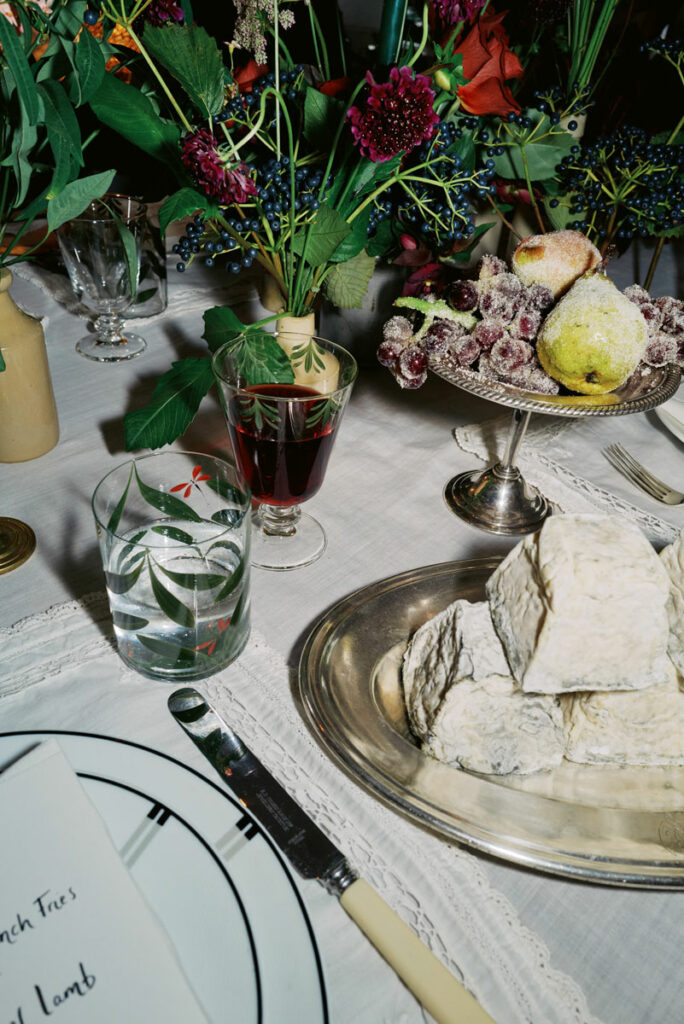

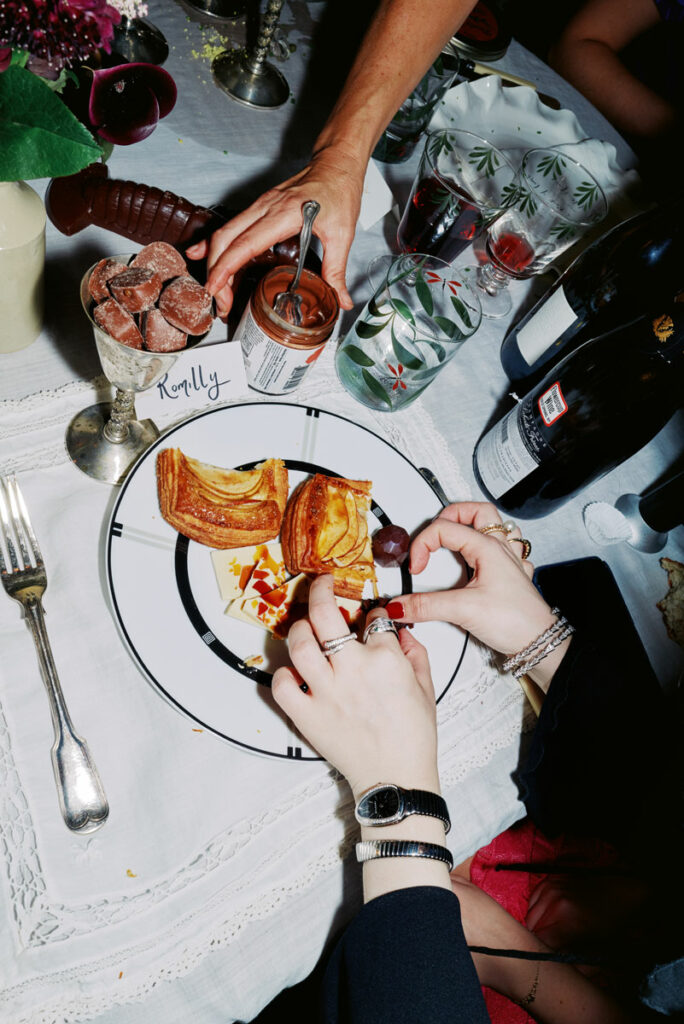
Newman points out that her grandmother never focused on the tiny things. Instead, she was all about ensuring there was beautiful food on the dining table as well as tons of alcohol. Seating arrangements were critical to Michelle: The ideal dining neighbors were two strangers who could organically connect. Then, she’d let her carefully chosen guests, gorgeous food, and ample drink do what they naturally do. Having put the building blocks in place, she’d allow the soiree to evolve.
“What my grandmother did that I found so inspiring—and this is the key to a perfect dinner or a perfect party—is mixing people up,” she explains. “So, putting people from different generations together, people from across different careers, and never putting people together who already know each other. Because you’re really creating this environment where people need to get to know each other—not in a forced way, but in a very exciting yet mysterious way.”
Newman’s own entertaining style draws inspiration from the past: Hers are no Sandra Lee–style, “semi-homemade” events. Instead, her dinners are opulent—the kind of parties that you start cooking for very early in the day, and that wind down very late at night. She shuns the idea of themed parties as cheesy, but she does invest time in building transportive, immersive atmospheres where guests look gorgeous (candles are key) and food tastes delicious. Stiff formality is never her goal.
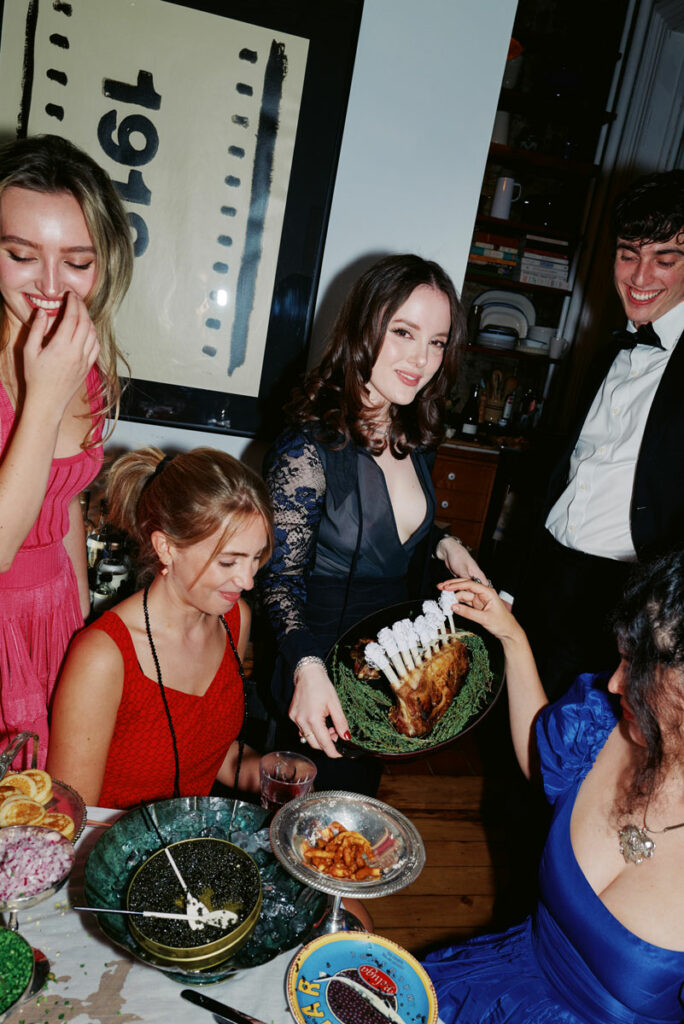
“I think there’s a fine line between anticipating and catering to what your guests need and also letting them feel like, if they want something, they can get it without having to ask permission,” she says.
“For me, entertaining is about connecting and having fun,” says Newman. “I don’t want anyone feeling like they can’t touch something, or that they need to be on their best behavior. But I also think the table you set, the food you make, how beautiful the linens are, and how over-the-top everything is, is as important as how much fun you have. I want guests to experience the environment as well as the dinner.”
Newman’s style of hosting comes with some hefty responsibilities. Not only should hosts do all the food and decor prep before guests arrive, but—once the guests start trickling in—hosts need to make guests feel welcome and oriented by making introductions and leading conversations. This means changing priorities: Once the doorbell rings, prep time is over—it’s time to lead the fun.
If you want to be a great host, Newman advises that you just need to let go. It’s not just about inviting guests to eat and drink; what you’re really trying to do is make people happy. Getting your guests to feel relaxed is key—this means overlooking the odd spill or dish pileup. “A lot of people like the idea of hosting, but they don’t recognize the reality—people make a mess when they’re drinking wine and eating food.”
Newman’s dinner parties don’t just center the art of eating—design, art, and even fashion have places at her table. This is highly intentional. It took some time for Newman to learn the value of some of her grandmother’s entertaining tenets. For years, Newman went to dinner parties where she encountered the same group of friends. Even though it was nice to meet people within her own industry, she found these evenings dull.
“I’m so grateful to have a network of like-minded people who work in the same field as I do, but it’s so interesting and exciting to meet people whose jobs you probably never even thought about. Or you haven’t really learned about, or even comprehend in a way—until you sit down and have a real emotional connection with someone. Then it broadens your horizons while also leading to collaborations and opportunities,” said Newman.
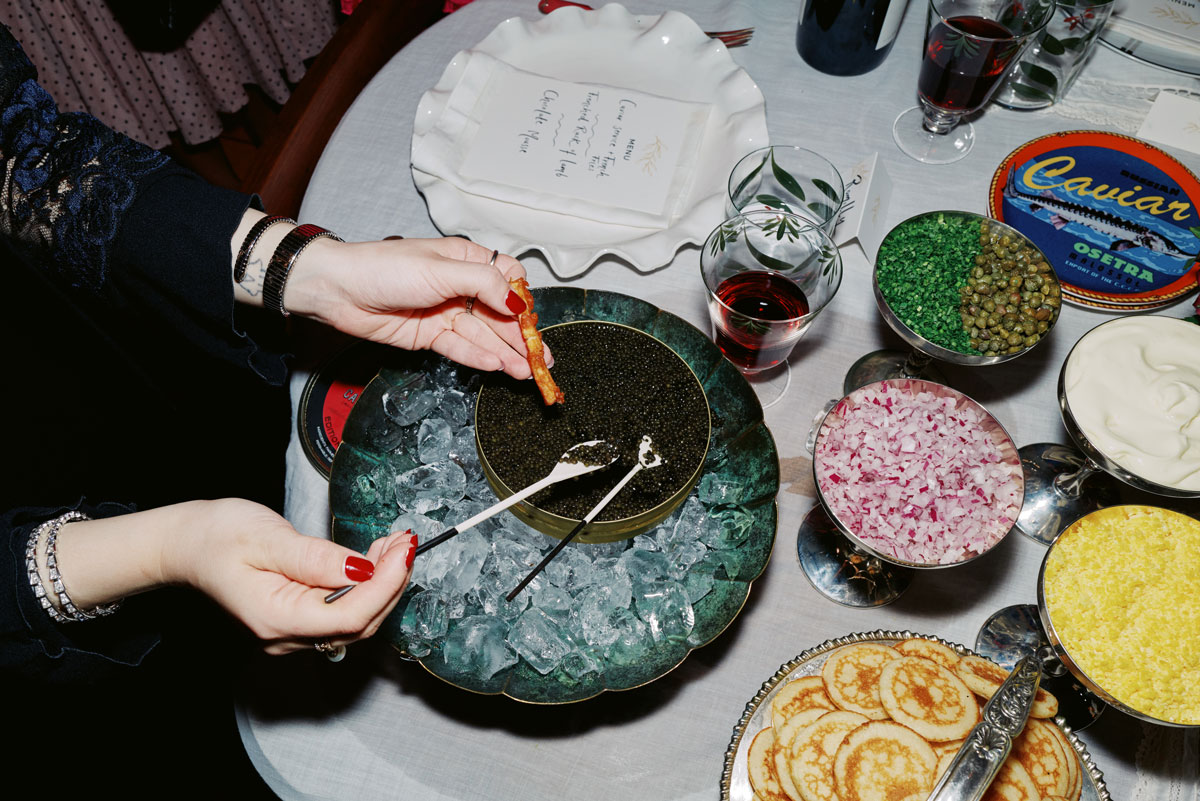
“Even if I throw a dinner for a food brand or for a very specific reason, I invite people across all fields because I believe taste is universal,” Newman says.
For Newman, a dinner party is a connector, and it’s critical to keep your eyes on the bigger picture. As much as it’s a privilege to sit down for two hours and enjoy food and wine, the important thing is the people.
Herself a veteran of tiny-apartment life, Newman says that small living spaces shouldn’t keep people from throwing parties. Of her own studio apartment experience, “My bed was there as well as the kitchen … it was all one space, but I got creative,” she says. “It’s fun for everyone to sit on the floor, and the limits that a small space impose can also help you create a menu and an environment.” Her advice for small-apartment dwellers is to take one piece of furniture and just make that the focal point for food.
“Let’s say you have a coffee table. You can create a buffet on the coffee table and then have everyone gather around it,” she says. “I think the best thing to do is to not try to create a traditional dining space. Just get creative and allow people to go where the night takes them.”
You also don’t need to be a proficient cook to throw amazing parties. She suggests inexperienced cooks should just keep it simple—cook what you know how to cook. When she herself entertains, she makes tried-and-true dishes; she saves her more complex, exploratory cooking for when she’s alone and timing isn’t a factor.
“The irony is that, oftentimes, the best food I ever make is when it’s just me,” she says. “I just feel like I have so much freedom, and I’m not trying to impress anyone, which actually ends up being better than anything else.”
If you want to entertain but you’re not an experienced cook—or you don’t want to spend the entire day in the kitchen—Newman suggests buying high-quality ingredients and assembling them into easy yet delicious dishes. “Let’s say you buy a stunning mozzarella or buffalo mozzarella and some prosciutto, and then just drizzle some really good olive oil on top.”
She continues, “If you want to level it up a bit, you can add peaches, herbs, and make it more complex. Or you can just strip it back and offer grilled bread, mozzarella, and prosciutto, and then two roast chickens with a really good green salad.”
“It’s so simple that it tastes quite elevated,” says Newman.
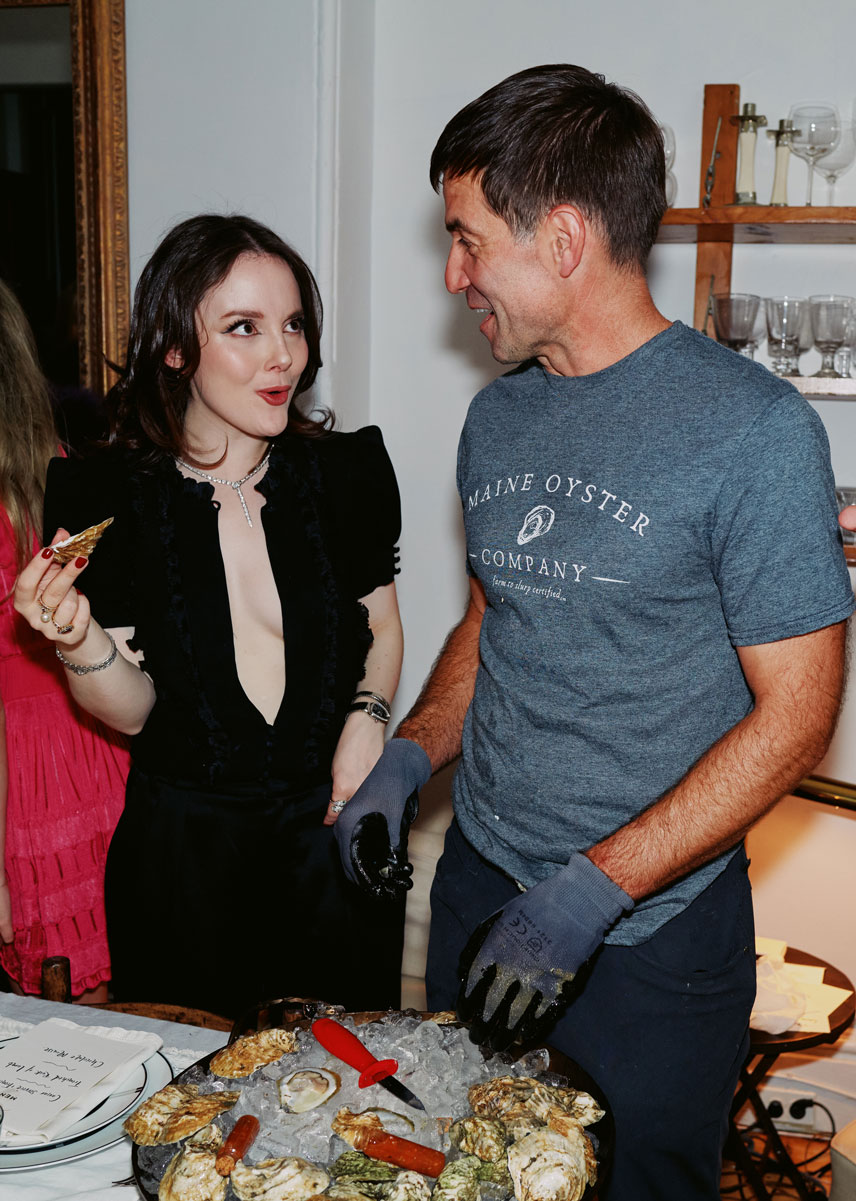
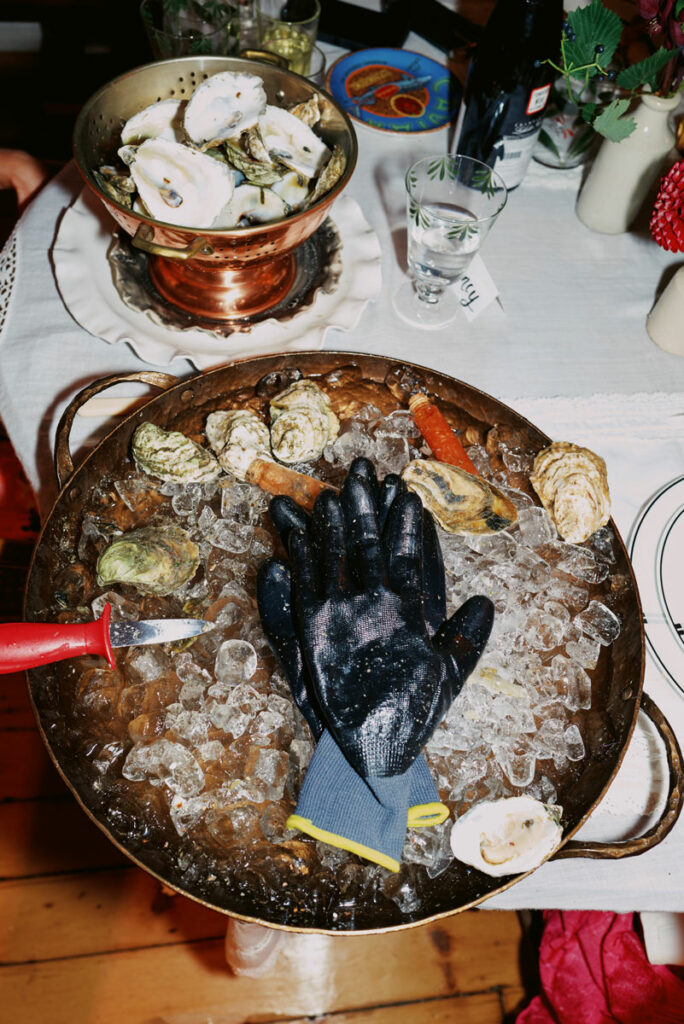
DO THIS, NOT THAT
Romilly Newman’s Party Advice
Loosen Your Grip
“Focus on what tastes good and what feels good, and don’t get too caught up with trying to be perfect.”
Change It Up
“Create an environment that feels different from day-to-day, because it should feel special if you’re having people over.”
Some Music Is Good, Too Much Is Bad
“You don’t want to be blasting music but having it in the background helps to create a feeling.”
Be Intentional
“The foremost thing is just evoking something—whether that’s warmth, whether that’s excitement, whether that’s lust—just know the mood that you want to create.”
Check Your Own Vibe
“Sometimes people get a little too controlling and they want food to taste exactly how they think it should taste, but when you’re hosting you need to have a sense of generosity.”
Set Your Guests Free
“If you’re having 10, 15, 20—however many people—then just kind of pile things high. You know, put dressings and sauces on the side and let people interact with the food themselves because, realistically, any kind of heaping mound of food that’s beautifully prepared is going to look enticing.”
Scale Up, Scale Down
“You need to know your audience. If you’re cooking for three people, then you can plate things individually and you can make them perfect.”
Shop the Story
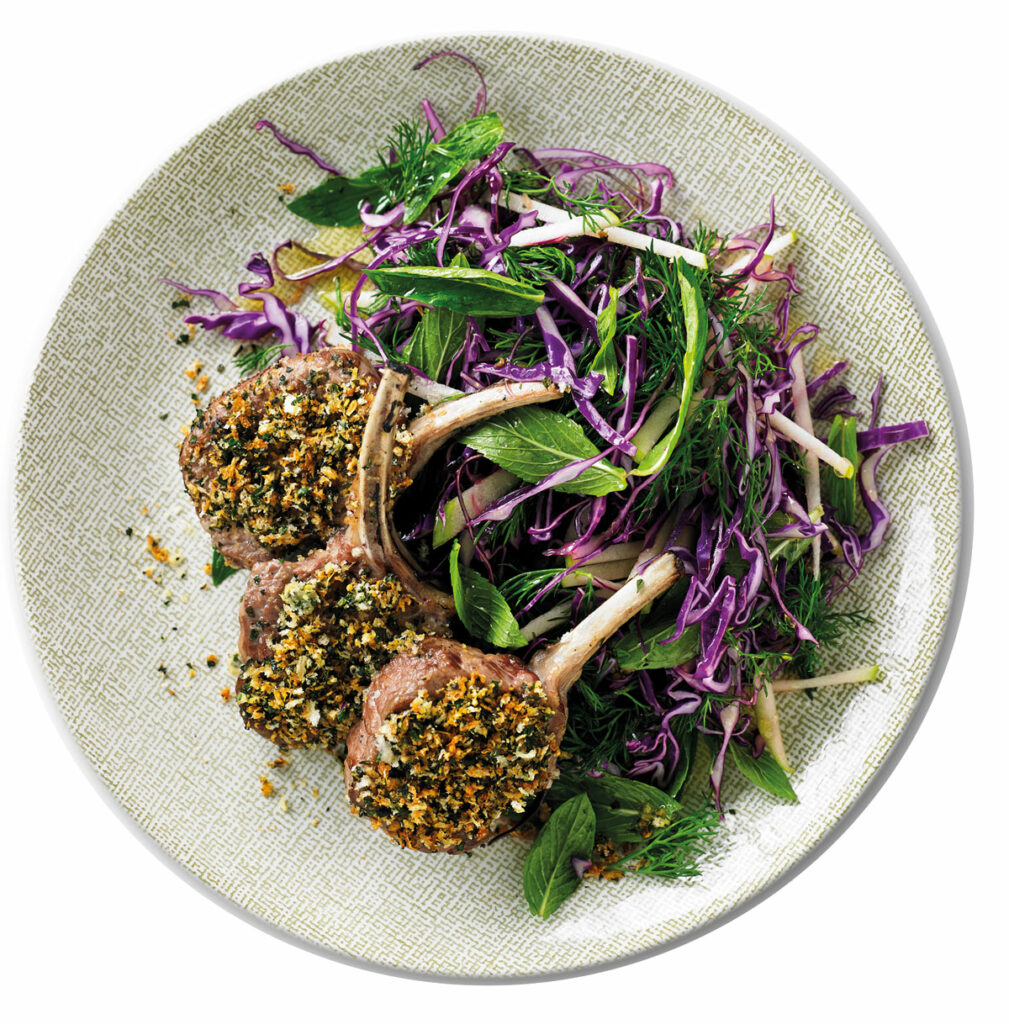
AUSSIE BEEF & LAMB
Sustainable, pasture-raised Australian rack of lamb, available in New York at D’Artagnan, Pat La Freida Home Delivery, and at BJ’s Wholesale Club.
BIXBY CHOCOLATE
One pound chocolate lobster and bonbons available at select retailers, online, and at Bixby shops in Rockland and Waterville, ME.


BULGARI
Serpenti Tubogas lady’s watch in stainless steel with rubellite and black opaline dial; Serpenti Viper slim necklace in 18 kt white gold set with full pavé diamonds.
CHOCOTASTERY
Single Origin Chocolate Cashew Spread made with ethically sourced cocoa from the Kokoa Kamili Cooperative in the Morogoro Region of Tanzania.


IF YOU CARE
FSC Certified unbleached parchment sheets made of heavy duty, greaseproof, nonstick paper coated with natural, nontoxic silicone.
THE MAINE OYSTER CO.
Fresh, living oysters and lobsters shipped overnight from the seafood farming and fishing communities of coastal Maine.
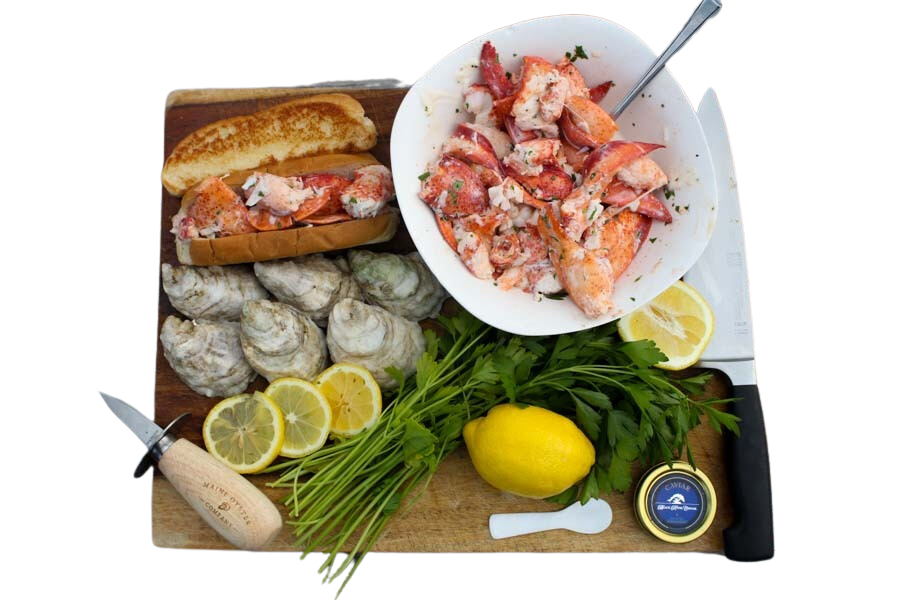
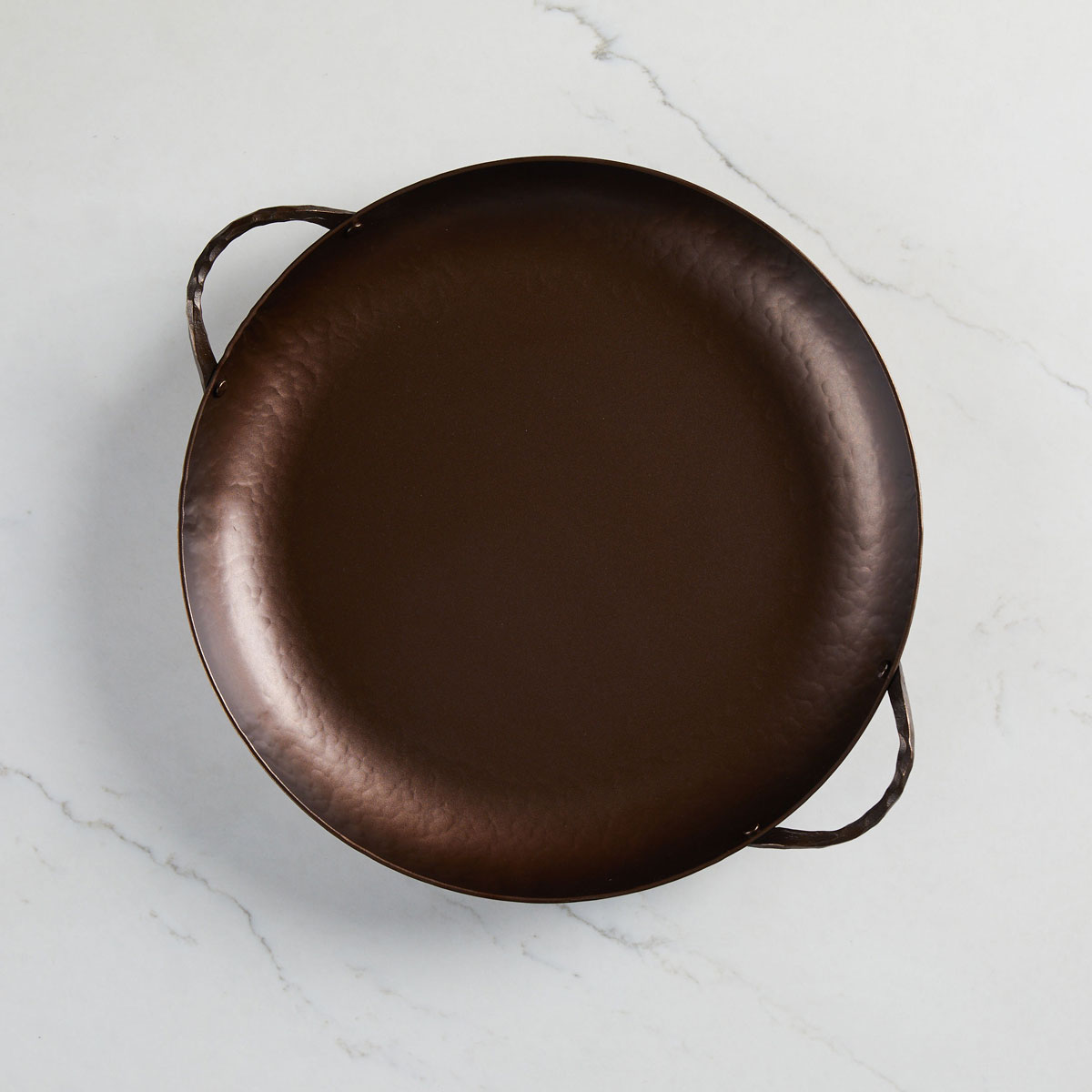
SMITHEY IRONWARE
Performance-geared cast iron and carbon steel cookware designed and crafted by a team of metal artisans in Charleston, South Carolina.



